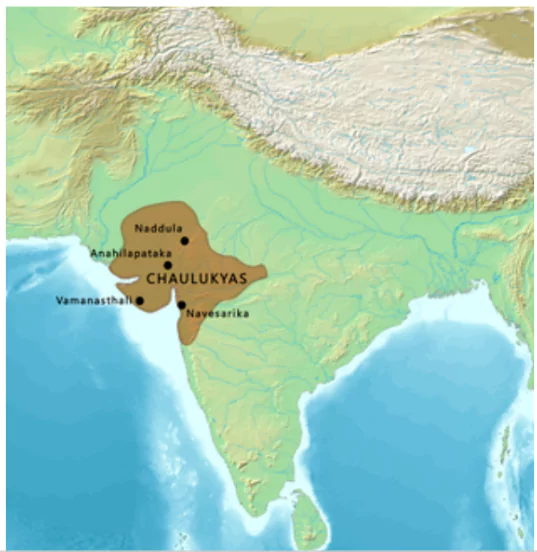![]() May 14, 2024
May 14, 2024
![]() 24299
24299
![]() 0
0
The Solanki dynasty, also known as the Chalukyas of Gujarat, ruled over parts of present-day Gujarat and Kathiawar in India from 950 to 1300 CE. They were renowned as the Solanki Rajputs and had their capital at Anhilwara, a major center of Indian Ocean trade. Their reign saw both territorial expansion and cultural flourishing, marked by significant architectural and religious developments.
 Known as the Chalukyas of Gujarat or Solanki Rajputs, they referred to themselves as “Chaulukya.”
Known as the Chalukyas of Gujarat or Solanki Rajputs, they referred to themselves as “Chaulukya.”
| Must Read | |
| Current Affairs | Editorial Analysis |
| Upsc Notes | Upsc Blogs |
| NCERT Notes | Free Main Answer Writing |
The Solanki dynasty left a lasting legacy in Gujarat’s history, with their rule witnessing both remarkable achievements and challenges. From the construction of grand temples to facing invasions by Mahmud of Ghazni and Alauddin Khalji, their era shaped the region’s socio-political landscape. Despite their eventual decline, their contributions to art, architecture, and governance continue to be remembered and revered in the annals of Indian history.
<div class="new-fform">
</div>
Latest Comments